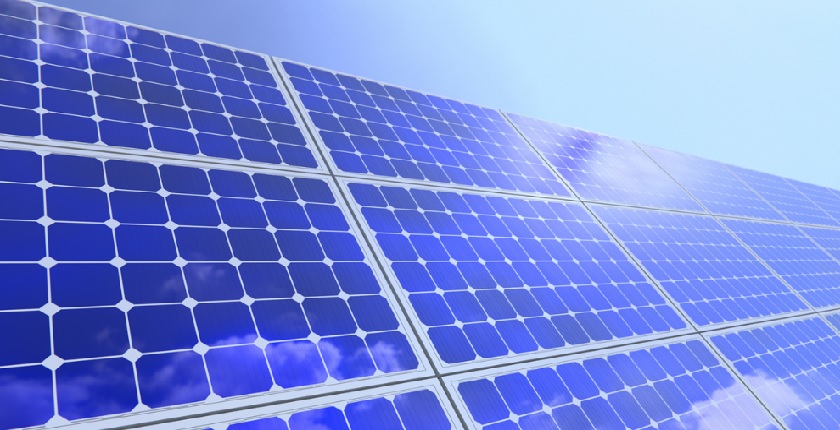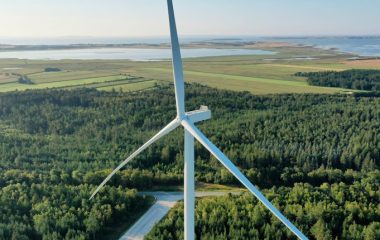
Photo: jniittymaa0 on Pixabay
The Greek government’s decision to set a goal of 23.5 GW of renewables by 2030, which would make the country a regional energy hub, has led to a dramatic increase in applications for new projects.
According to Energypress, applications to the Independent Power Transmission Operator (IPTO or, in Greek, Admie) to connect renewables to the grid reached 42 GW. The developers obtained so-called producer certificates from the Regulatory Authority for Waste, Energy and Water (RAWEW) in previous licensing cycles.
In December, projects of 1.2 GW in total were submitted, even though in 2023 the Ministry of Environment and Energy raised the sum of the obligatory guarantee to dissuade investors from excessive submissions.
The aforementioned 42 GW, together with the 15 GW that have already acquired connection terms and the 10 GW currently in operation, are enough not just to surpass the country’s 2030 goal, but also the goal for 2050, which is 54 GW. Back in May 2023, renewables with producer certificates reached 99.5 GW, awaiting environmental licenses to continue with their connection applications.
Dagoumas: Grids are an absolute priority
The question is what share can be realized. The transmission and distribution grids surely cannot accommodate much more than the 2030 goal of 23.5 GW, which means 13.5 GW of new facilities.
“Network operators must do their job to expand the grid and they will, otherwise there will be consequences. Grids are an absolute priority and they must be concluded in a timely fashion,” RAWEW’s Chairman Athanasios Dagoumas said recently.
A contradictory power export plan?
The vast majority of renewables that will not be needed to cover domestic demand will have to turn to exports. Greece plans to increase its interconnections through the construction of two large lines to the East Mediterranean and Egypt (Great Sea Interconnector and GREGY), as well as upgrading existing ones with Italy, North Macedonia, Albania, Bulgaria and Turkey.
Prime Minister Kyriakos Mitsotakis has also pushed for the creation of Grean Aegean Interconnection, a corridor through the Western Balkans for green energy to reach Austria and Germany.
The problem with this plan is the following: if Greece imports large amounts of green electricity from the Middle East and North Africa to re-export it northwards, then how much capacity will be left in interconnections for its own extra renewable electricity production?
So far the Greek plan has been met with lukewarm reception. During Mitsotakis’s recent visit to Germany, Chancellor Olaf Scholz did not mention it at all. Furthermore, IPTO’s plan to acquire shares in MEPSO, the North Macedonian operator, as a stepping stone northwards, faced resistance from the government in Skopje.
Despite the puzzle, Greek and foreign investors are still competing hard to secure space in the grid. Competition in recent auctions has pushed down prices of both renewable electricity and energy storage. The government is satisfied with the results so far and plans to duplicate the success with new technologies, particularly offshore wind and green hydrogen.









Be the first one to comment on this article.